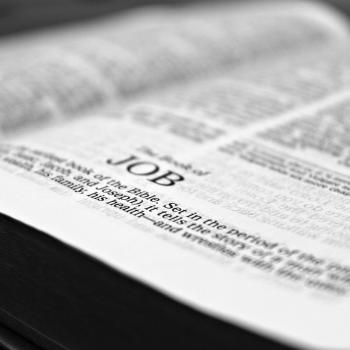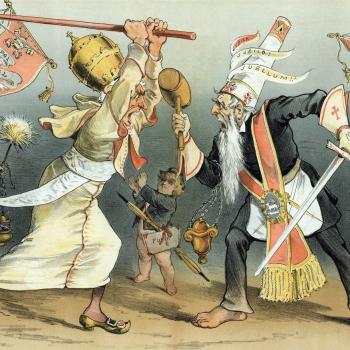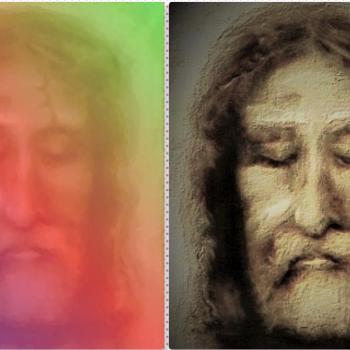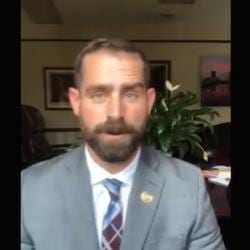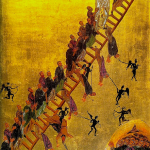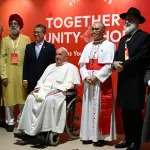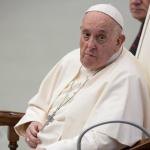While the Catholic Church has does not forbid the death penalty under all circumstances, it has voiced strong and growing opposition to the practice, as Catholic News Service reports:
Because the church has only in the past few decades begun closing the window — if not shutting it completely — on the permissibility of the death penalty, people who give just a partial reading of the church’s teachings may still think the death penalty is acceptable today, said Tommaso Di Ruzza, desk officer at the Pontifical Council for Justice and Peace.
St. Thomas Aquinas equated a dangerous criminal to an infected limb thereby making it “praiseworthy and healthful” to kill the criminal in order to spare the spread of infection and safeguard the common good.
However, over the centuries, justice has evolved from being the smiting arm of revenge toward a striving for reform and restoration, much like today’s medical science, where amputation is no longer the only recourse for curing an infection.
Modern-day popes have reflected that change in attitude.
As far back as the 19th and early 20th centuries theologians pondered the seeming paradox between the Fifth Commandment, “You shall not kill,” and the church’s dark history of condoning state-held executions to deal with heresy and other threats and crimes.
Pope Paul VI took concrete action in distancing the church from this form of punishment, first by formally banning the use of the death penalty in Vatican City State, although no one had been executed under the authority of the Vatican’s temporal governance since 1870.
Pope Paul also spoke publicly against planned executions and called for clemency for death-row inmates. Pope John Paul II also would punctuate his Angelus and general audience talks with impassioned appeals to spare the life of a prisoner on the verge of execution.
It was the Polish pope who “earnestly hoped and prayed” for a global moratorium on the use of capital punishment and the abolition of the death penalty worldwide.
Pope Benedict, too, continues to send appeals for clemency in high-profile cases via telegrams either through a country’s bishops or nuncio, and he has praised a U.N. resolution calling upon states to institute a moratorium on the use of the death penalty.
The 1992 Catechism of the Catholic Church recognized “as well-founded the right and duty of legitimate public authority to punish malefactors by means of penalties commensurate with the gravity of the crime, not excluding, in cases of extreme gravity, the death penalty.” At the same time, it said, “bloodless means” that could protect human life should be used when possible.
The “extreme gravity” loophole was tightened with changes made in 1997, which reflected the pope’s 1995 encyclical, “Evangelium Vitae.” It specifies that the use of the death penalty is allowed only when the identity and responsibility of the condemned is certain and if capital punishment “is the only possible way of effectively defending human lives against the unjust aggressor.”
However, given the resources and possibilities available to governments today for restraining criminals, “cases of the absolute necessity of the suppression of the offender ‘are very rare, if not practically nonexistent,'” it says.
Pope Benedict, then-Cardinal Joseph Ratzinger, had a major role in drafting the 1992 Catechism and, especially, its 1997 revised passages. When he told journalists about the changes in 1997, he said while the principles do not absolutely exclude capital punishment, they do give “very severe or limited criteria for its moral use.”
“It seems to me it would be very difficult to meet the conditions today,” he had said.
When a journalist said the majority of Catholics in the United States favor use of the death penalty, Cardinal Ratzinger said, “While it is important to know the thoughts of the faithful, doctrine is not made according to statistics, but according to objective criteria taking into account progress made in the church’s thought on the issue.”



